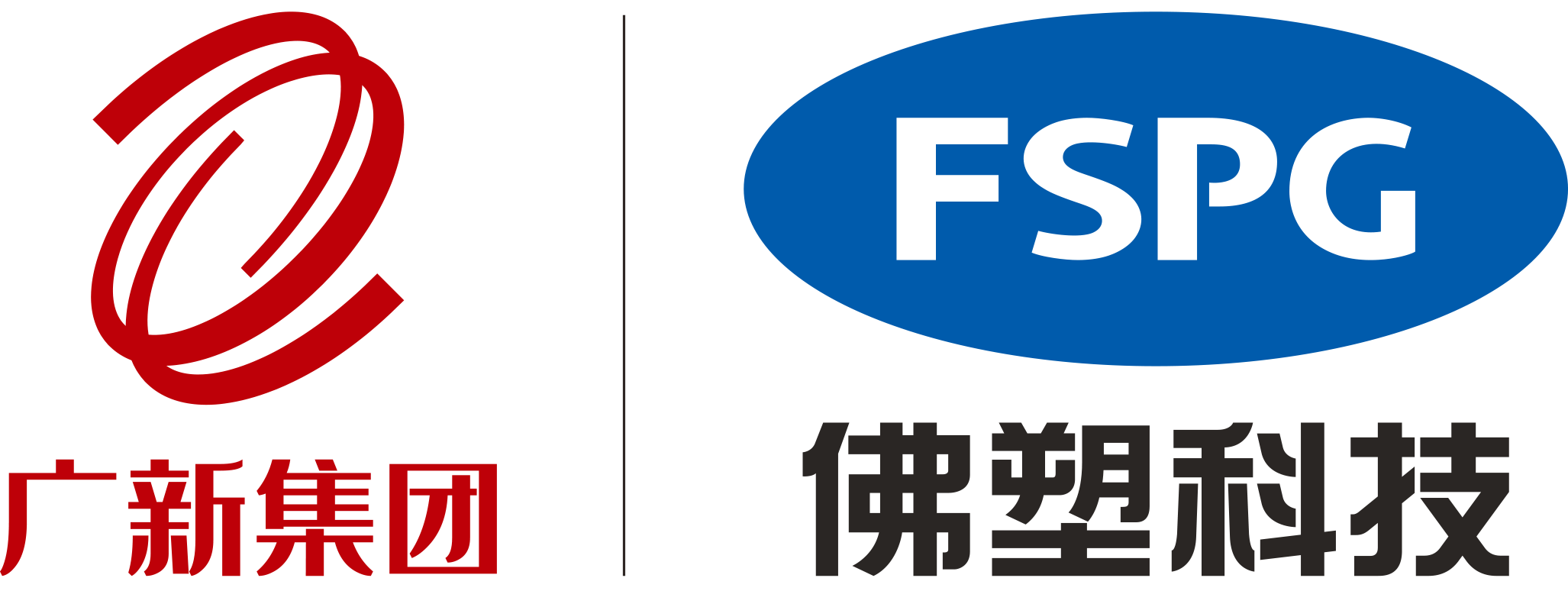Views: 0 Author: Site Editor Publish Time: 2024-08-07 Origin: www.fspgfilm.com








Biaxially Oriented Polypropylene (BOPP) film is a versatile material widely used in packaging, labeling, and lamination applications. Metallization of BOPP film involves the deposition of a thin layer of metal, typically aluminum, onto the surface of the film. This process enhances the film's barrier properties, aesthetic appeal, and functionality. Metallized BOPP films are used in various industries, including food packaging, electronics, and decorative applications. This article delves into the metallization process, its benefits, applications, and the technical aspects involved.
The most common method for metallizing BOPP film is vacuum deposition. This process involves placing the BOPP film in a vacuum chamber, where aluminum is evaporated and deposited onto the film's surface. The vacuum environment ensures that the metal particles adhere uniformly to the film, creating a consistent and high-quality metallized layer.
Before metallization, the BOPP film undergoes surface treatment to enhance adhesion. This treatment can include corona discharge, plasma treatment, or chemical priming. These methods increase the surface energy of the film, allowing the metal layer to bond more effectively.
Several parameters influence the quality of the metallized BOPP film, including the thickness of the metal layer, deposition rate, and vacuum pressure. Typically, the aluminum layer is between 30 to 300 nanometers thick. The deposition rate and vacuum pressure must be carefully controlled to ensure uniformity and adhesion.
One of the primary benefits of metallizing BOPP film is the significant improvement in barrier properties. The metal layer acts as a barrier to oxygen, moisture, and light, which is crucial for preserving the freshness and shelf life of packaged products. This makes metallized BOPP films ideal for food packaging applications.
Metallized BOPP films have a shiny, reflective surface that enhances the visual appeal of packaging. This aesthetic quality is particularly valuable in consumer goods packaging, where product appearance can influence purchasing decisions. The metallic finish also allows for high-quality printing and labeling.
In addition to barrier properties and aesthetics, metallized BOPP films offer improved functionality. They are more durable and resistant to punctures and tears compared to non-metallized films. The metallized layer also provides electrical conductivity, which can be beneficial in certain electronic applications.
Metallized BOPP films are extensively used in food packaging due to their excellent barrier properties. They help in extending the shelf life of perishable items by protecting them from oxygen, moisture, and light. Common applications include snack packaging, confectionery wrappers, and coffee pouches.
The shiny, reflective surface of metallized BOPP films makes them ideal for labeling and decorative applications. They are used in labels for beverages, cosmetics, and household products. The metallic finish adds a premium look to the products, enhancing their marketability.
In the electronics industry, metallized BOPP films are used in capacitors and other electronic components due to their electrical conductivity and durability. They are also used in insulation and shielding applications to protect electronic devices from electromagnetic interference.
Achieving good adhesion and uniformity of the metal layer is critical for the performance of metallized BOPP films. Surface treatment methods such as corona discharge or plasma treatment are essential to enhance adhesion. Uniformity is ensured by controlling the deposition parameters, such as the rate of metal evaporation and the vacuum pressure.
The thickness of the metallized layer must be carefully controlled to balance barrier properties and flexibility. A thicker metal layer provides better barrier properties but can reduce the film's flexibility. Conversely, a thinner layer maintains flexibility but may compromise barrier performance. Optimal thickness is determined based on the specific application requirements.
The metallization process has environmental considerations, particularly regarding the use of vacuum deposition equipment and the disposal of waste materials. Advances in technology have led to more energy-efficient vacuum deposition systems and improved waste management practices. Additionally, metallized BOPP films are recyclable, contributing to sustainability efforts.
Metallization of BOPP film is a crucial process that enhances the material's barrier properties, aesthetic appeal, and functionality. The vacuum deposition method, combined with surface treatment techniques, ensures high-quality metallized films suitable for various applications, including food packaging, labeling, and electronics. Understanding the technical aspects and benefits of metallized BOPP films allows manufacturers to optimize their use in different industries, contributing to improved product performance and sustainability.
Home | Products | Green Product | Contact Us | Sitemap | Privacy Policy
